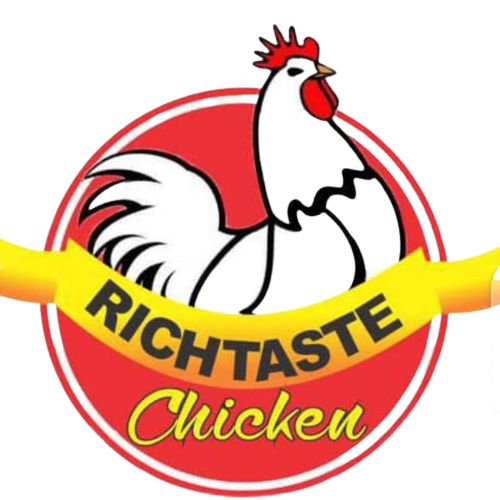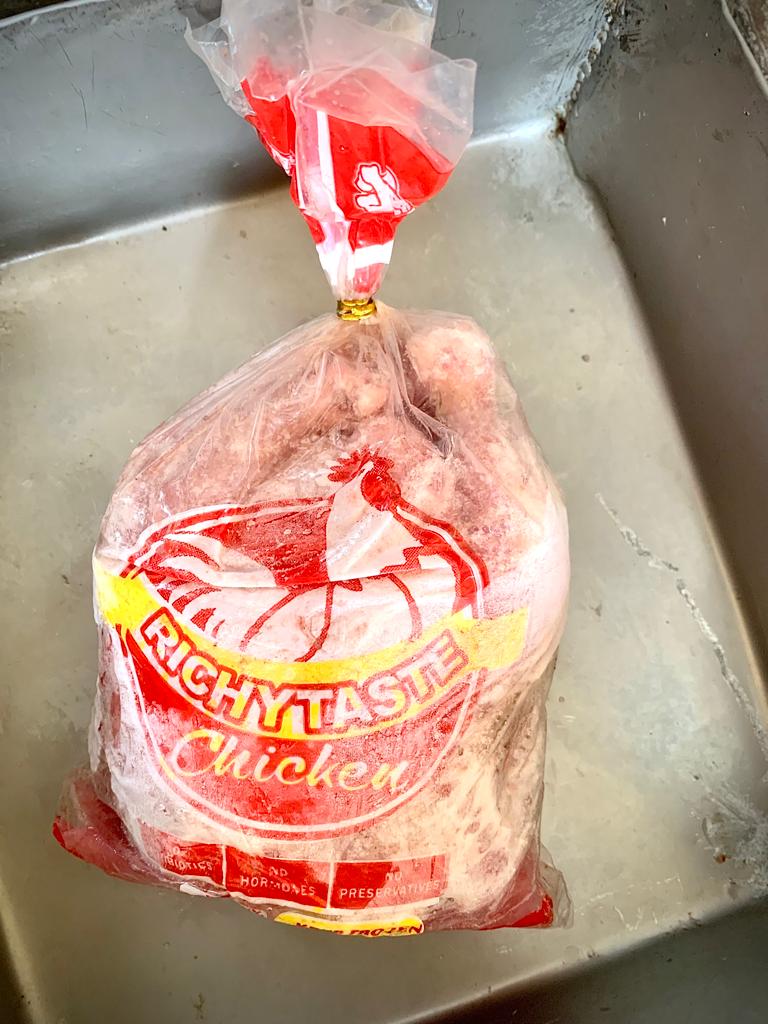Consumption of frozen chicken has increased as a consequence of economic crisis, driven by several factors. while people keep away from high priced beef/lamb meat or meat products. Meanwhile, due to this increasing demand in industry resulting strict measures in disease control and environmental factors, these products may involve some chemical and natural compounds with hazardous properties at detectable or even very low concentrations.
TO KNOW A CHEMICAL FREE, FROZEN CHICKEN YOU NEED TO:
Know that among these compounds, residues that are of concern, includes veterinary drugs, environmental pollutants (such as dioxins, pesticides, and phthalates), natural contaminants (mycotoxins, etc.), and/or phytosanitary substances accidentally contaminating poultry product during production or marketing stages.
In order to keep the consumers safe from the harmful/undesirable effects due to these compounds, such as genotoxic, immunotoxic, carcinogenic, teratogenic, or endocrine disrupting effects, new strategies and concepts for poultry food security have been emerged and developed globally.
This chapter includes detailed information on how you can differentiate a chemical free chicken.
These chickens do not have any exposure to chemicals, additives, antibiotics or anything else artificial and roam around free on their farm daily. Know that you are eating clean poultry, which is 100% hormone and chemical free, we believe you will taste the difference!
Being an informed shopper starts with knowing what goes into foods, something that’s not always straightforward with fresh chicken. Not only must you decipher the stamps, logos, and labels, it’s also important to consider aesthetic indicators of freshness.
Nafdac also warns about the hazards of these frozen chicken with chemicals like preservative, etc., read here to know more.
1. APPEARANCE & AROMA
Fresh chicken should have a pinkish color. Avoid cosmetic damages, such as bruising or tears in the skin, which can affect the chicken’s quality and freshness. Chicken should also be plump; when you press against it, the meat should be somewhat resilient, resuming its shape after a few seconds. A clean, neutral aroma is also a good indicator of freshness.
2. PACKAGE LIQUID
Avoid chicken with excess liquid pooling in the package. Excess liquid is typically the result of the water immersion process commonly used to cool chickens to a safe temperature. Once in the tray, the chicken purges these fluids, diluting the flavor and producing a soggy texture.
3. CHILLING PROCESS
Air chilling is the superior alternative to water immersion chilling. The end result is chicken with a fresh, undiluted flavor that cooks up more consistently and remains juicy. And because it’s not waterlogged, the skin also crisps up to a nice golden-brown.
4. RAISED WITHOUT ANTIBIOTICS
Interpreting label jargon for antibiotic use can be confusing because chicken can be labeled as either antibiotic-free or raised without antibiotics. To label chicken antibiotic-free, It requires the producer to abide by a withdrawal or waiting period to ensure antibiotics are no longer present. Raised without antibiotics assures consumers that chickens were never administered antibiotics at any point.
5. CERTIFIED ORGANIC
Organic certification requires that producers implement and follow ongoing compliance with several strict standards and practices.
6. ENHANCED
This term indicates that the chicken was injected with or soaked in a solution during processing. Some processors inject the chicken with a flavoring solution, such as saltwater or chicken broth. These enhancements can add nitrates, nitrites, and MSG—and often raise the sodium level and take away from the natural flavor of the chicken.
7. VEGETABLE-FED
Chicken labeled as vegetable-fed is raised on a diet that never included animal by-products. Producers looking to cut costs and hasten growth rates may feed their chickens a diet that’s reinforced with animal by-products.
8. NON-GMO PROJECT VERIFIED
This seal appears on chicken that was raised and fed on a certified organic, certified non-GMO diet that’s in compliance with Non-GMO Project standards. The chemical free frozen chicken is one of the best ways to get your nutrient a nd stay away from harmful substance that could be life endangering.
Want to know more? Click here


